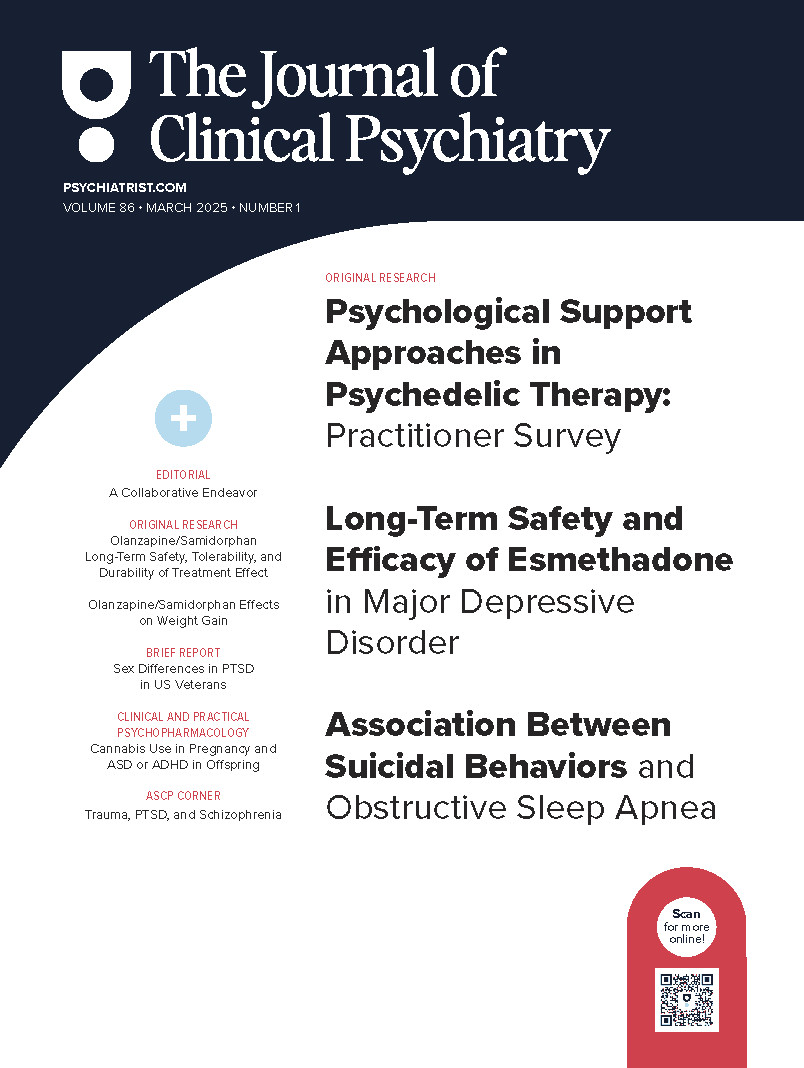Objective: Loneliness is a prevalent and serious public health problem due to its effects on health, well-being, and longevity. Understanding correlates of loneliness is critical for guiding efforts toward the development of evidence-based strategies for prevention and intervention. Considering that patterns of association between age and loneliness vary, the present study sought to examine age-related differences in risk and protective factors for loneliness.
Methods: Correlates of loneliness were examined through a large web-based survey of 2,843 participants (aged 20-69 years) from across the United States from April 10, 2019, through May 10, 2019. Participants completed the 4-item UCLA Loneliness Scale, San Diego Wisdom Scale (with the following subscales measuring components of wisdom: Prosocial Behaviors, Emotional Regulation, Self-Reflection, Acceptance of Divergent Values, Decisiveness, and Social Advising), and other scales measuring psychosocial variables. Multivariate regression analyses were conducted to identify the best model of loneliness and examine potential age-related differences.
Results: Age demonstrated a nonlinear quadratic relationship with loneliness (Wald statistic = 5.48, P = .019); levels were highest in the 20s and lowest in the 60s with another peak in the mid-40s. Across all decades, loneliness was associated with not having a spouse or partner (P < .001), sleep disturbance (P < .02), lower prosocial behaviors (P < .001), and smaller social network (P < .001). Lower social self-efficacy (P < .001) and higher anxiety (P < .005) were associated with worse loneliness in all age decades, except the 60s. Loneliness was uniquely associated with decisiveness in the 50s (P = .012) and with education (P = .046) and memory complaints (P = .013) in the 60s.
Conclusions: Our findings identify several potentially modifiable targets related to loneliness, including several aspects of wisdom and social self-efficacy. Differential predictors at different decades suggest a need for a personalized and nuanced prioritizing of prevention and intervention targets.
Members Only Content
This full article is available exclusively to Professional tier members. Subscribe now to unlock the HTML version and gain unlimited access to our entire library plus all PDFs. If you’re already a subscriber, please log in below to continue reading.
Please sign in or purchase this PDF for $40.00.
Already a member? Login




